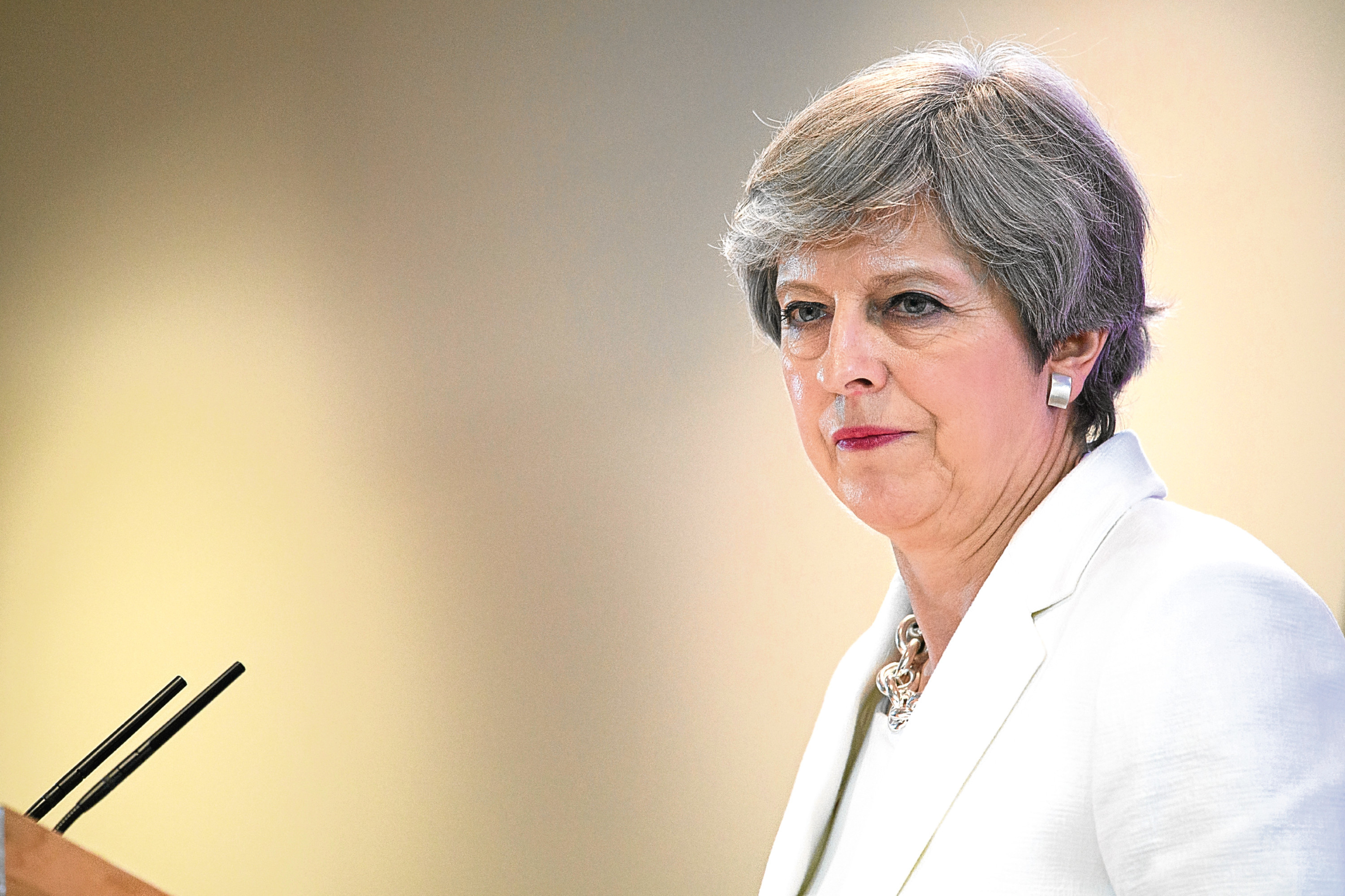
AS was the case last month when a group of Tory MPs was looking to force a confidence vote in their party leader, it’s all about numbers when it comes to a vote of no confidence in Theresa May’s government and the potential for an early General Election.
Under the terms of the Fixed Term Parliaments Act 2011, General Elections happen every five years, unless two-thirds of MPs vote in favour of holding a snap election (as happened in April 2017.)
But, as is currently being discussed, a General Election could also be triggered if a no confidence motion in Mrs May is tabled.
GEEK THREAD: The Commons' Constitutional Affairs Committee has a timely (to say the least) report out on how a no-confidence vote in the government would actually happen. Some interesting details that have emerged in research around it… not all of it completely nailed down..1/9
— Dan Bloom (@danbloom1) December 11, 2018
No confidence
This can be done by any MP, but at the moment it is Jeremy Corbyn who is being called on to lead the charge.
A number of parties opposed to Brexit have urged the Labour leader, as the head of the main opposition party, to push for a vote.
It would need the support of half of MPs to pass, which would then give a 14-day period for a new government to be formed.
The Public Administration and Constitutional Affairs Committee today released a report that said, under that eventuality, that the Prime Minister would be expected to resign unless her ‘authority could be restored’.
She would then have to recommend a successor to the Queen.
Should the Conservatives be unable to agree on a new Prime Minster, an election could then be held under rules of the Act that govern early polls.
The report stated: “Outside the terms of the Act, if the House were to express no confidence, unless that authority could be restored, the Prime Minister would be expected to give notice that he or she will resign, but only when he or she is in a position to recommend to the Sovereign an alternative person to form a new administration.
“In the event that no alternative person can be found, it remains available to the House to bring about an early general election.”
Would Labour win?
SNP Westminster leader Ian Blackford insisted Mr Corbyn needed to table a no confidence motion in the Prime Minister by the end of Tuesday, stating: “I think Jeremy has until the close of business today.”
Mr Blackford said other opposition parties would have to act if Labour did not.
Should Labour move a motion of no confidence, which the SNP, Plaid Cymru, Greens and Lib Dems say they’d support, Mr Corbyn would require the votes of the DUP or potential Tory rebels to remove Mrs May.
Even if he achieves this, the DUP could switch allegiances back in the fortnight of negotiations if they prefer the new option for PM following May’s departure, swinging the numbers back in favour of a Tory government.
5/ So the government could cling on if, for example, the DUP side with Labour in a no confidence vote – but only to remove Theresa May as leader. It could then back the Tories again within 14 days on the promise that May is leaving and a leadership election is under way.
— Dan Bloom (@danbloom1) December 11, 2018
At present, without the backing of the DUP, a no confidence vote is likely to fail.
They’re not one of the parties to have signed a letter sent to Mr Corbyn today calling for a vote of no confidence.
The DUP position on their relationship with the Tories is that, until the government successfully passes a Brexit deal containing a backstop, they will continue to support them.
Labour’s Brexit position is to try to trigger an election in the first instance, that they would hope to win and then enter negotiations with the EU themselves.
If the bid for an election fails, the next port of call would be to push for a second referendum.

Enjoy the convenience of having The Sunday Post delivered as a digital ePaper straight to your smartphone, tablet or computer.
Subscribe for only £5.49 a month and enjoy all the benefits of the printed paper as a digital replica.
Subscribe